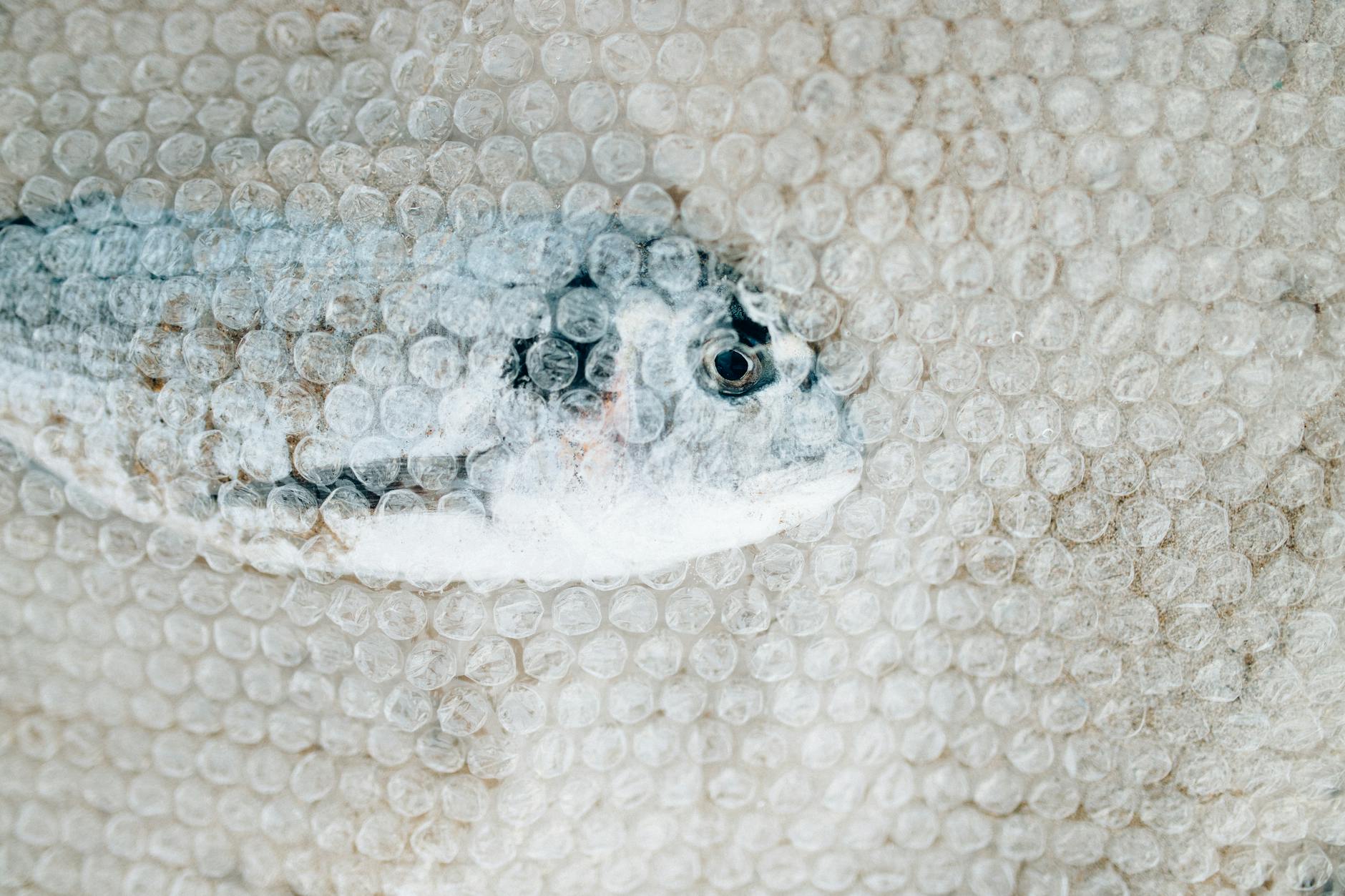With the increasing focus on environmental sustainability, artificial grass has emerged as an eco-friendly solution for a greener future. As more people seek ways to reduce their ecological footprint, artificial grass offers a practical alternative to traditional lawn maintenance that requires less water, pesticides, and mowing. In this article, we will explore the environmental benefits of artificial grass and why it is becoming a popular choice for environmentally-conscious homeowners and businesses.
Environmental Impact of Artificial Grass
Artificial grass, also known as synthetic turf, is made from synthetic fibers that mimic the look and feel of natural grass. One of the key environmental benefits of artificial grass is its water conservation properties. Unlike natural grass, which requires regular watering to stay lush and green, artificial grass requires no watering once installed. This significant reduction in water usage can help conserve this precious resource, especially in regions prone to droughts.
Furthermore, artificial grass eliminates the need for harmful pesticides and fertilizers that are commonly used on natural lawns. These chemicals can leach into the soil and water systems, posing risks to human health and local ecosystems. By opting for artificial grass, homeowners and businesses can reduce their reliance on these harmful substances and contribute to a cleaner environment.
Energy and Emission Savings
Maintaining a natural lawn involves regular mowing, which not only consumes time but also energy. Gas-powered lawn mowers emit carbon dioxide and other pollutants into the atmosphere, contributing to air pollution and climate change. In contrast, artificial grass requires minimal maintenance, eliminating the need for gas-powered equipment and reducing carbon emissions associated with lawn care.
Additionally, the production of artificial grass involves the use of recycled materials, further reducing its environmental impact. By repurposing materials such as recycled plastic bottles, artificial grass manufacturers help divert waste from landfills and contribute to a more sustainable approach to landscaping.
Longevity and Durability
Artificial grass is designed to withstand varying weather conditions and heavy foot traffic, maintaining its lush appearance year-round. Its durability and longevity reduce the need for frequent replacements, minimizing waste and the consumption of new resources. With proper care and maintenance, artificial grass can last for many years, providing a cost-effective and environmentally-friendly landscaping solution.
Conclusion
In conclusion, artificial grass offers numerous environmental benefits that make it a sustainable choice for homeowners, businesses, and communities looking to adopt greener practices. From water conservation and reduced chemical usage to energy savings and durability, artificial grass provides a practical solution for creating vibrant outdoor spaces without harming the environment.
As the demand for eco-friendly landscaping solutions continues to grow, artificial grass is poised to play a significant role in shaping a greener future. By embracing this innovative and sustainable alternative to traditional lawns, we can contribute to a healthier planet and enjoy beautiful, low-maintenance landscapes for years to come.


